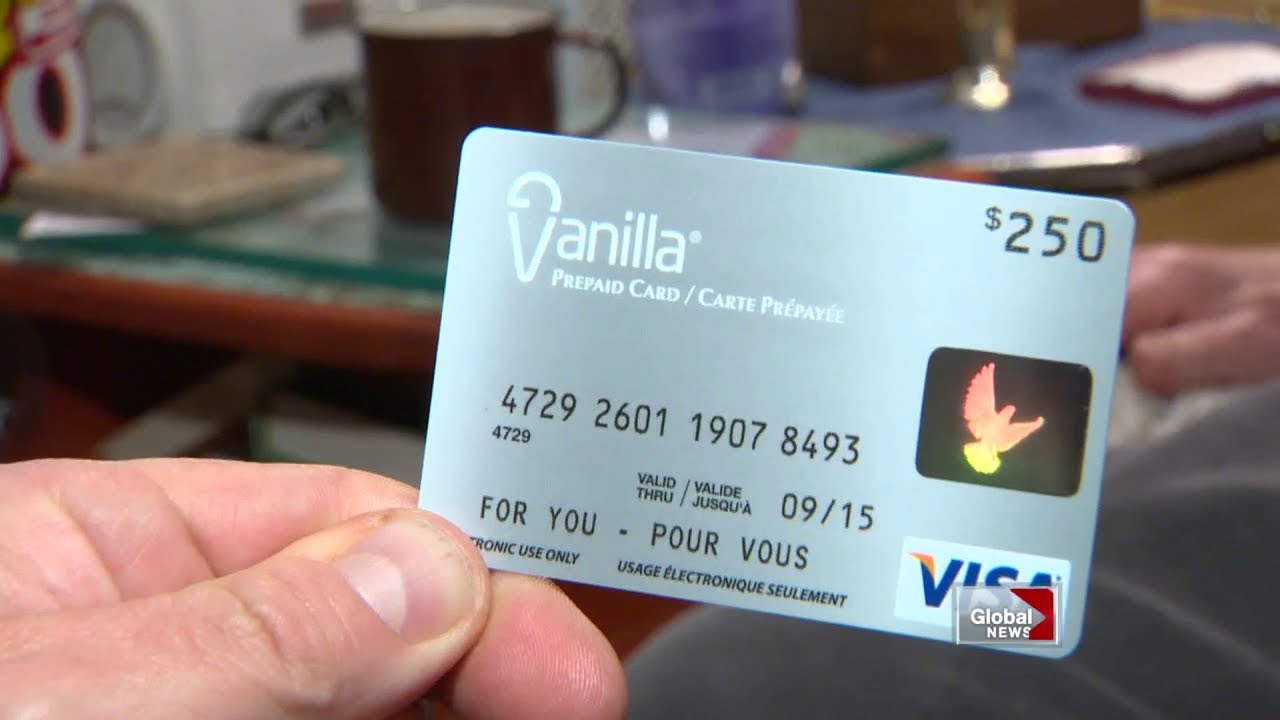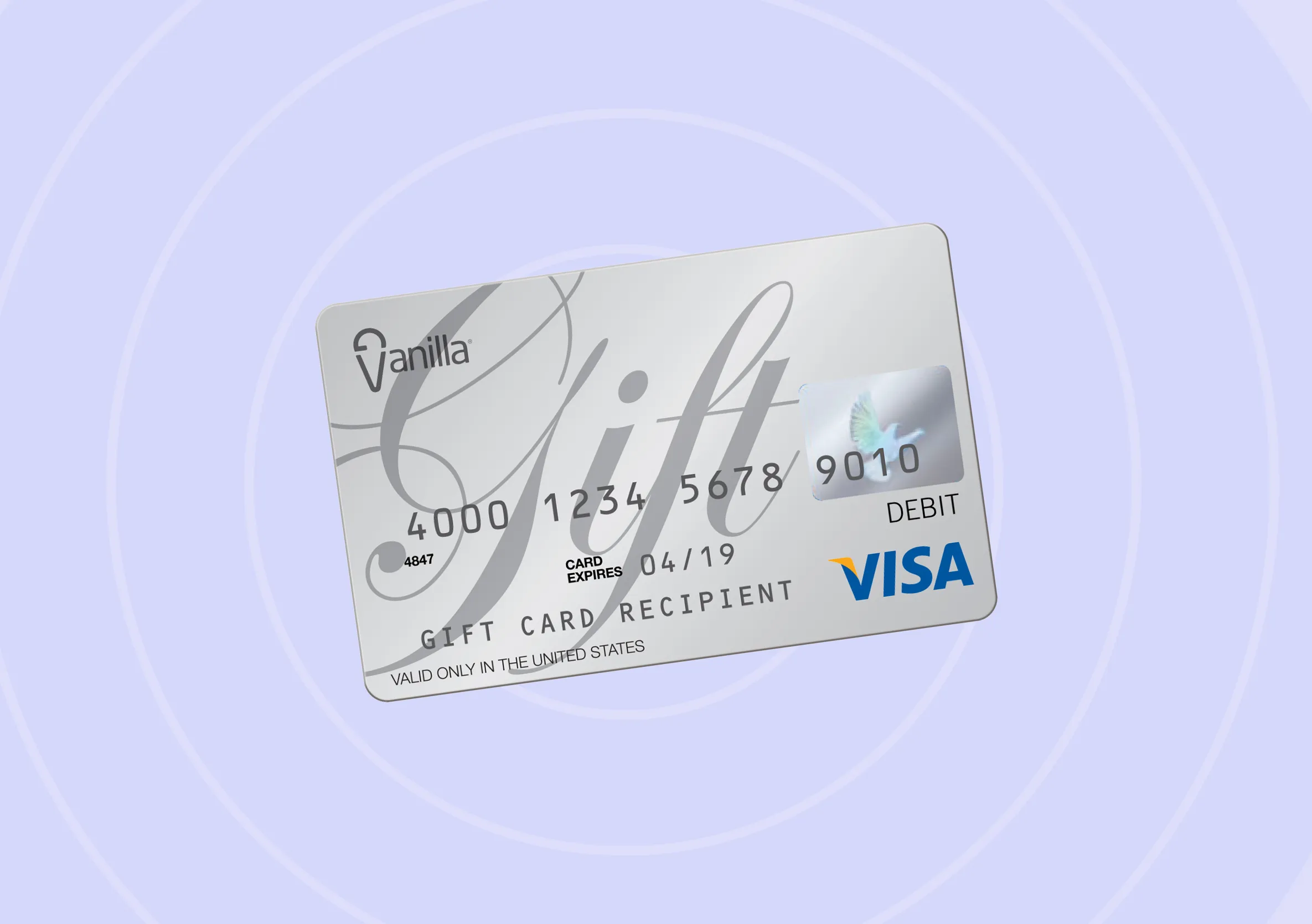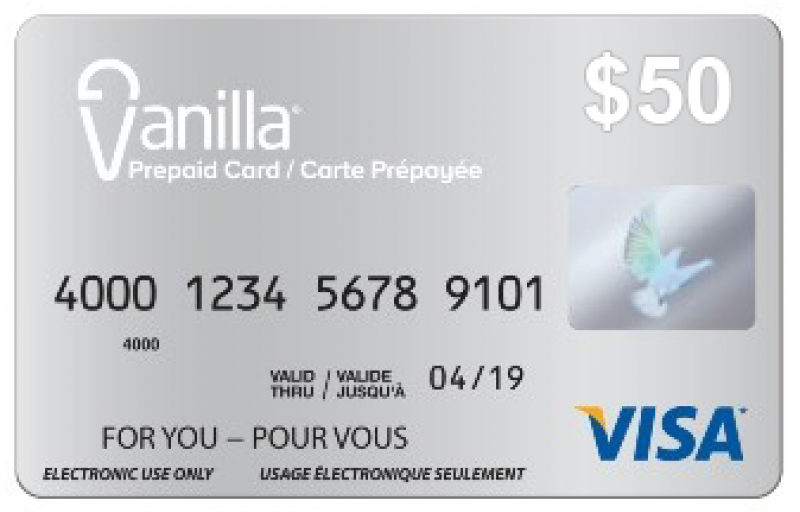Avoid Vanilla Cards? Fees & Alternatives You Need To Know!
Are vanilla gift cards truly the convenient gifting solution they appear to be? While seemingly simple, these cards often come with hidden costs and limitations that can quickly diminish their appeal, making them less attractive than alternative options.
The convenience of a gift card is undeniable. Offering the recipient the freedom to choose their own present can feel like a foolproof approach. However, before you reach for that familiar vanilla-branded package, its worth taking a closer look at the fine print. You might be surprised to discover that what appears to be a straightforward gift can actually be burdened by fees, restrictions, and complexities that detract from its intended purpose. This article delves into the drawbacks of vanilla gift cards, exploring the hidden costs and limitations that make them a less-than-ideal choice compared to the more flexible and cost-effective alternatives available.
Let's face it, we've all been there. The search for the perfect present can be a daunting task. We pour over countless options, hoping to find something that genuinely reflects the recipient's tastes and desires. In these moments of gift-giving anxiety, the simplicity of a gift card can be incredibly appealing. It allows the recipient to make their own selection, seemingly eliminating the risk of a mismatched present. But is this simplicity truly all it's cracked up to be, or are we trading convenience for a host of hidden drawbacks? The answer, as we'll discover, is far more nuanced than a simple yes or no.
The most glaring disadvantage of many vanilla gift cards lies in their associated fees. Activation fees, typically ranging from a few dollars to nearly ten dollars, are often required just to begin using the card. This upfront cost immediately eats into the value of the gift, essentially reducing the amount the recipient can spend. While these fees may seem insignificant at first glance, they add up, especially if you're purchasing multiple cards. For instance, buying a handful of cards for various recipients could easily result in a significant amount of money lost to activation fees, which could have been used to buy a more thoughtful gift.
Beyond activation fees, some vanilla cards also impose foreign currency conversion fees. This means that if the recipient attempts to use the card outside the United States, a percentage of the purchase amount will be charged as a conversion fee. In an increasingly globalized world, this limitation can be a major disadvantage. Many people travel or shop online from international retailers, making the vanilla card a less versatile option than other payment methods. The 2.5% foreign currency conversion fee, while seemingly small, can quickly add up, especially on larger purchases or frequent international transactions. This adds an extra layer of complexity for the recipient and diminishes the overall value of the gift.
Another significant drawback of vanilla gift cards is their non-reloadable nature. Unlike prepaid cards, which can be topped up with additional funds, vanilla gift cards are a one-time deal. Once the initial balance is depleted, the card is essentially useless. This lack of reloadability limits the card's usefulness and convenience. For example, if the recipient wants to make a purchase that exceeds the card's balance, they'll need to use a separate payment method. This can be a hassle, especially if the recipient doesn't have another card or is unsure how to combine payment methods. Furthermore, the non-reloadable nature of these cards adds to the environmental waste, as each card is essentially disposable.
Vanilla cards, in many cases, are not as flexible as reloadable prepaid cards. While vanilla cards can be used at most places that accept Visa or Mastercard, they often lack the features and benefits of reloadable cards. Reloadable cards often offer the ability to track spending, set spending limits, and even earn rewards. Vanilla cards, on the other hand, are often quite basic, and their limited functionality can leave the user feeling restricted. In the current digital landscape, the ability to manage finances through an app, receive real-time transaction alerts, and utilize the card for various online services is increasingly important. Vanilla cards are often lacking in these areas.
When a vanilla gift card is lost or stolen, the process of replacement can be cumbersome. While most card issuers offer a replacement process, it usually involves providing the original card number. If the card is stolen, the thief would be able to spend the balance. Moreover, if the card has been lost or stolen, the recipient is forced to call customer service, which could be a time-consuming process. The lack of security measures like the ability to immediately freeze the card in case of theft or loss makes this a major disadvantage, especially compared to the sophisticated security features offered by other payment methods. In addition, since vanilla cards aren't personalized, it can be very hard to verify the claim if the card is lost or stolen.
Beyond the inherent limitations of vanilla gift cards, the alternatives are becoming increasingly attractive. Free reloadable prepaid cards offer a more versatile and cost-effective solution. These cards often come with no activation fees, can be reloaded with funds as needed, and often offer features like transaction tracking and fraud protection. For the gift-giver, these cards provide a more valuable gift, and for the recipient, they offer greater flexibility and control over their finances.
Consider the environmental impact of vanilla gift cards. They are typically made of plastic, contributing to the growing problem of plastic waste. Because these cards are designed to be disposable, they are not an environmentally friendly choice. On the other hand, digital gift cards are becoming increasingly popular as a more eco-conscious option. E-gift cards eliminate the need for physical plastic cards, reducing the environmental footprint. It's important to consider the sustainability implications of our purchasing choices.
If you're still leaning towards a vanilla gift card, it is important to understand the available options. Vanilla Visa gift cards are issued by various financial institutions, including TBBK Card Services, Inc., Pathward, N.A., Metabank, N.A., or Sutton Bank, all pursuant to a license from Visa U.S.A. This means that the issuing bank varies depending on the card you purchase. Vanilla Discover gift cards are issued by The Bancorp Bank. In addition to the physical cards, there are virtual accounts that can be used online. Before purchasing a vanilla card, be sure to review the card's terms and conditions to understand any fees or restrictions. Look on the back of the card for the issuing bank's information.
Checking your balance on a vanilla gift card is a straightforward process, which can be done on the card issuer's website, by calling the number on the back of the card, or even through the card's self-service portal. To check the balance online, you typically enter the gift card's security code, expiration date, and card number. However, it's essential to stay on top of your spending and track your remaining balance, as the gift card's value will diminish over time. Vanilla gift cards generally do not expire, however, it is important to use the card before the balance runs out.
Ultimately, the decision of whether or not to choose a vanilla gift card comes down to a careful evaluation of its pros and cons. While these cards offer the convenience of a pre-loaded value, they are often encumbered with fees, restrictions, and a lack of flexibility that can diminish their appeal. By understanding these drawbacks, you can make a more informed decision and choose a gift option that provides the best value and convenience for both the giver and the recipient. Alternatives, such as reloadable prepaid cards or even more personalized gifts, often present a more attractive and beneficial choice in the long run.
In conclusion, while the ease and simplicity of vanilla gift cards can be tempting, it's crucial to look beyond the surface. The hidden fees, limited functionality, and lack of flexibility can quickly outweigh the initial convenience, making them less desirable compared to the more versatile and user-friendly alternatives available in today's market. Before you purchase a vanilla gift card, carefully weigh the pros and cons and consider the potential impact on both the gift-giver and the recipient.
The gift of endless possibilities. However, before you reach for a vanilla gift card, consider all the fees associated with this gift card. Activation fees, typically ranging from $3.95 to $7.95, are often a surprise. Foreign currency conversion fees are another hidden cost that might surprise you. These are just a few of the disadvantages that might make you change your mind. But, if you are set on purchasing a gift card, then this is the way to go.
| Feature | Description |
|---|---|
| Activation Fees | Fees charged to activate the card, reducing the initial value. Typically ranges from $3.95 to $7.95. |
| Foreign Transaction Fees | Percentage of the purchase amount charged when used outside the U.S., typically around 2.5%. |
| Reloadability | Cards are not reloadable, limiting their usefulness after the initial balance is spent. |
| Security Features | Limited security features compared to other payment methods; loss or theft can be problematic. |
| Card Issuers | Vanilla Visa cards are issued by various banks such as TBBK Card Services, Inc., Pathward, N.A., Metabank, N.A., or Sutton Bank, depending on the card. Vanilla Discover cards are issued by The Bancorp Bank. |
| Usage Restrictions | Valid for use in the United States only for physical cards. |


